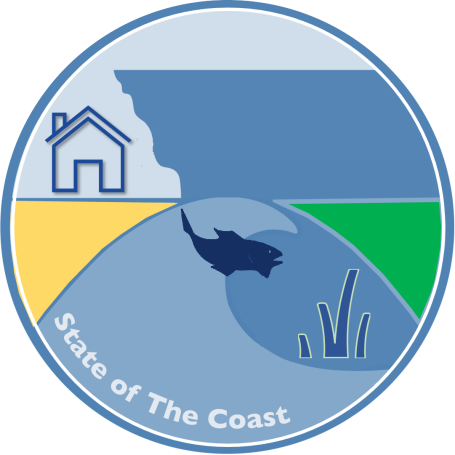Starry Smoothhound (Mustelus asterias)
Key Findings
Starry smoothhounds can often be distinguished from their other smoothhound relatives by the tiny white spots dotted along their backs. They can be found near European and Mediterranean coastlines, as well as along parts of the Southwestern African coast (IUCN Red List, 2020).
Farrell et al (2009) developed a genetic identification method to distinguish between M.asterias (starry smoothhound) and other Mustelus spp. (i.e. other smoothhounds). 431 animals were examined in the North East Atlantic, the Irish Sea, the Celtic Sea, the Bristol Channel and the North Sea. Of these, 43 had been visually identified as mustelus species. However, genetic analyses later proved that all these individuals were in fact M. asterias. So, if you see a smoothhound around the British coastline, with or without stars, it’s reasonable to assume it is a starry smoothhound (Mustelus asterias) (Dr. L Smith, 2024).
Living on a diet of crustaceans like crabs and lobsters, they hunt at the seabed, often in areas of sandy or gravelly substrate (Shark Trust, 2020). Classed as near threatened (IUCN Red List, 2020), they are vulnerable to both bycatch and targeted fishing, being a popular ingredient in Mediterranean cuisine (Shark Trust, 2020).

Figure 1: (Allan, 2018) Starry Smoothhound
Notes
Linked Information Sheets
Key sources of Information
Reviewed on/by
Status
Live. Next update due 22/11/25
To report errors, highlight new data, or discuss alternative interpretations, please complete the form below and we will aim to respond to you within 28 days
Contact us
Telephone: 07971149117
E-mail: ian.hay@stateofthecoast.scot
